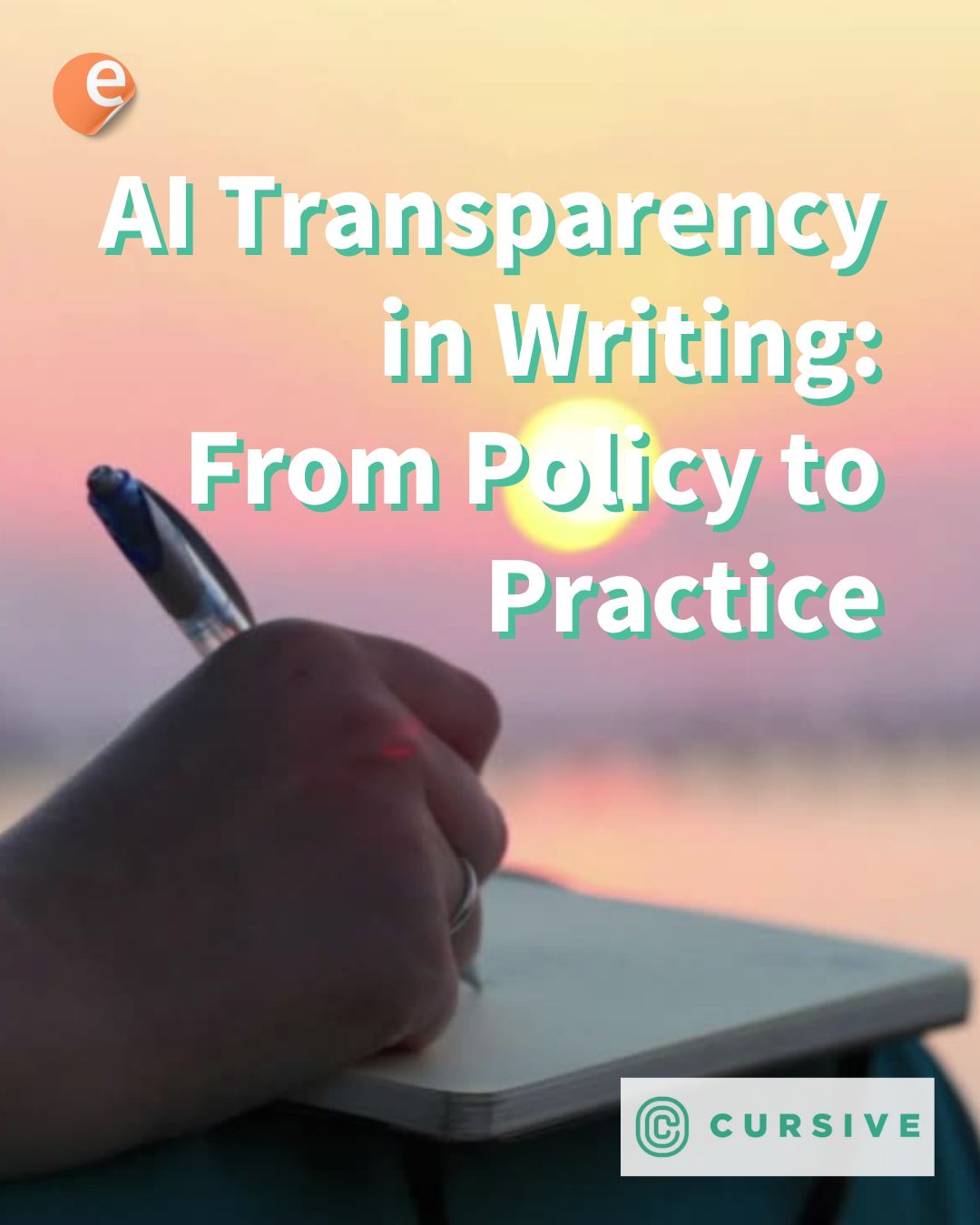Increasingly, we see more and more strategies that teachers seek to create a channel of attention, in which students are attracted and interested. And with advances in tools and technology this has allowed these strategies to produce results. But if after a year with only virtual learning students return to the classroom, will these strategies still be valid? I believe that it is necessary to create more union and coexistence strategies that allow students to be comfortable, passionate and captured by learning.
This month, the compilations of meta-analyses are more varied and touch on different topics that are important in education. Contextualizing frequent problems and implementing possible applicable solutions to erase them.
Do you need access to the original research? Contact us or reach out to the researchers directly.
The Teacher’s Invisible Hand: A Meta-Analysis of the Relevance of Teacher–Student Relationship Quality for Peer Relationships and the Contribution of Student Behavior
Hinke M. Endedijk and others (2021) Sage Journals. Open Access
297 studies were considered for the development of this meta-analysis.
Is a student’s learning process affected by the relationships they have with their classmates and teachers? In the last 20 years, studies have focused on the association between these two types of relationships and how teachers play an important role in the student’s educational process. This meta-analysis shows the difference between when a teacher establishes a good relationship with its students and when there is no healthy community in the classroom. The ability of a teacher to generate a friendly relationship with his students shows mutual compatibility and good student achievement.
The take: Look for ways to fit in with your students without losing the authority and perspective that students should have. You can look for trends about student interests and create classes that relate, with the goal of breaking out of the ordinary, engaging your students and keeping them attentive.
Factors associated with college STEM participation of racially minoritized students: a synthesis of research
Martha Cecilia Bottia and others (2021) Sage Journals Vol. 91, No. 4 pp. 614 – 648
50 recent articles, vote counts and narrative approaches were taken into account for this meta-analysis.
Do you consider that education is provided in an equitable manner? In the U.S. 30% of the population are racial minorities, where these people show the lowest rate of college degrees in STEM careers. This meta-analysis shows educational inequality, lack of opportunities, poor university and academic preparation by the state; and this responds to the low number of professionals with a degree in these areas. It should be noted that a degree in STEM opens labor, economic, professional and socially useful doors. The suggested solution is the elimination of barriers and the growth of opportunities to obtain STEM degrees and the strengthening of distributive justice.
The take: Provide and promote information needed for STEM degree preparation to all of your students in your class.
To flip or not to flip? A Meta-Analysis of the efficacy of flipped learning in higher education
Carrie A. Bredow and others (2021) Sage Journals Vol. 91, No. 6, pp. 878–918
Studies were conducted in 42 different countries, 317 studies were considered for the development of this meta-analysis for 614 outcomes
Can inverted methodology be an opportunity to develop reading, analysis and critical thinking skills? This meta-analysis uses a wide range of studies to show that flipped learning is effective for students in higher education. Clearly this type of learning doesn’t fit in all university careers, due to the level of demand and complexity of the subjects. It was also proven that flipped learning is useful mainly to develop intellectual autonomy in the student and it is also a “saving” of time in the classes, since these lessons can be used for practice and resolution of questions.
The take: Propose in your classes the option of exposing a topic, and let your students be in charge of researching and investigating it. In order to then discuss it in class and exchange opinions, knowledge and resolve questions.
A systematic review of science discourse in K–12 urban classrooms in the United States: accounting for individual, collective, and contextual factors
Christine L. Bae and others (2021) Sage Journals Vol. 91, No. 6, pp. 831–877
A total of 570 studies were obtained that possibly met the criteria and after a selection process this meta-analysis is based on 37 studies.
This meta-analysis shows that scientific discourse in urban classrooms is complex, dynamic, and emergent, according to the historical context in which students find themselves. This is due to the extensive need to provide students with opportunities to make sense of scientific ideas necessary for the development of a class. In addition, the study shows that the scientific conversation in classrooms and among students is multifaceted.
The take: You can use scientific discourse in your classes, so that your students begin to develop critical thinking and analysis of what they are learning.
Understanding influences of development on black women’s success in U.S. colleges: a synthesis of literature
Christa J. Porter and Janice A. Byrd (2021) Sage Journals Vol. 91, No. 6
38 studies were considered for the development of this meta-analysis.
This meta-analysis focused on the experiences of Black women in U.S. institutions of higher education. It is important to clarify that in most cases, when entering a university the term “success” is stigmatized and imposed, and this is not only for the black community in general. Now if in general this is difficult, how could it not be for women who live daily with imposed cultural limitations? The main approaches of the research were: navigating the educational matrix, the sense of belonging, the perception of institutional support (or lack thereof), living and learning on the margins while combating stereotypes, and the need for counter-spaces and counter-narratives. These approaches made it possible to identify the extent to which black women developed and achieved their goals within the university environment.The take: Even though it is the 21st century and apparently everything is ” modern ” xenophobia and exclusion is still very much in evidence. Therefore, strengthen your lessons in the sense of informing and educating about current issues related to specific groups of people and promote equality in your classroom.








